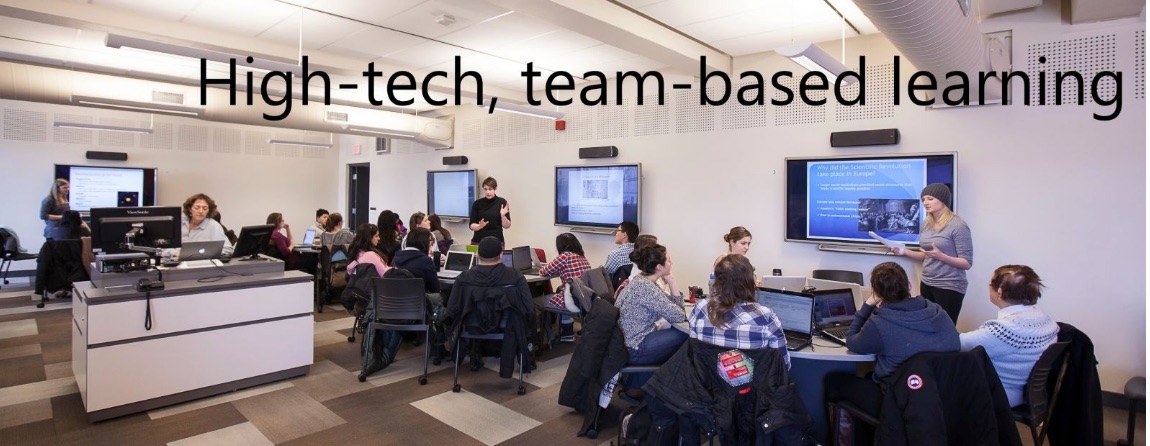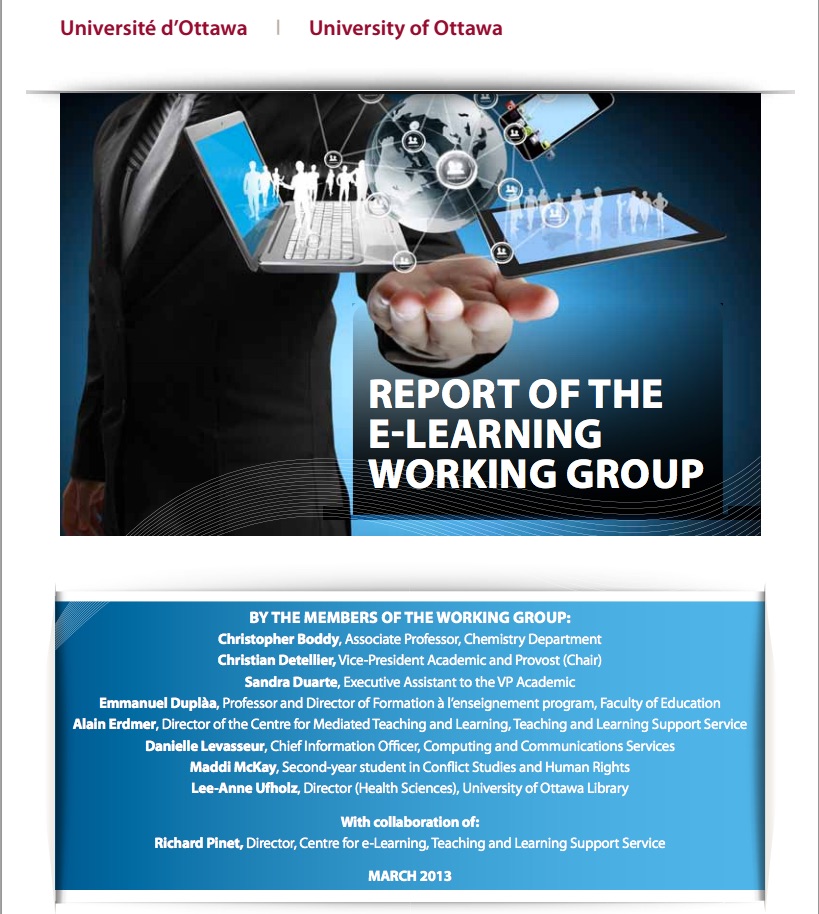
What is the intent?
On June 8, 2022, the Digital Learning Advisory Committee (convened by the British Columbia Ministry of Advanced Education and Skills Training) produced a consultation draft of their Digital Learning Strategy. The aim is to:
consult broadly with post-secondary institutions (PSIs) and organizations,learners, and Indigenous partners and organizations to collect feedback and solicit interest in participation in follow-up initiatives. Consultations are being initiated and will take place through September 2022.
Following this period of consultation, the goal is to
Refine recommendations and develop an implementation plan, including for pilots and further policy development.
What is the process?
In 2021, the Ministry of Advanced Education and Skills Training (‘the Ministry’ or AEST) engaged the post-secondary system to better understand and support the use of digital learning models in post- secondary education in British Columbia, both during and after the COVID-19 pandemic. The Digital Learning Advisory Committee (DLAC) was initiated to lead a collaborative process to enhance digital post-secondary experiences across the province by:
- Identifying the lessons learned from the widespread adoption of digital learning models in post-secondary education over the past two years,
- Incorporating these into existing knowledge and best practices regarding the application of digital learning models in post-secondary education, and
- Envisioning how human-centred digital learning environments can complement and enhance British Columbia’s (BC) post-secondary system over the next 5-10 years.
The Associate Vice President of Teaching and Learning at the University of Fraser Valley and the Assistant Deputy Minister in the Post-Secondary Policy and Programs Division in the Ministry of Advanced Education and Skills Training served as DLAC’s Co-Chairs, exemplifying the collaboration between the post-secondary system and government.
DLAC consisted of three Working Groups:
- Quality Enhancement,
- Digital Literacy, and
- Technology, Finance, and Administration
What is the outcome to date?
The collaborative efforts of the DLAC and Working Groups have resulted in:
- Strategic Priorities and Recommended Actions
- Guidelines for Technology-Enhanced Learning
- A Post-Secondary Digital Literacy Framework
- A Technology Needs and Capabilities Summary and
- A Consultation and Implementation Strategy
I set out below the main recommendations. However, much more detail – such as specific recommendations for post-secondary institutions – is available and I strongly recommend you read the whole document if you are interested in a system- and institution-wide digital learning strategy.
Strategic priorities
Strategic Priority 1: Policies and Processes
The successful adaptation of BC’s post-secondary system to the rapidly growing and evolving role of technology in post-secondary education will require institutions to update existing policies or develop new policies to address the impact of digital technology on all facets of post-secondary operations and to foster innovation and excellence.

Strategic Priority 2: System Collaboration
System-level coordination and collaboration is required across BC’s post-secondary system to reduce the escalating costs related to digital technologies, and to improve the sustainability of BC’s post-secondary institutions in response to increasing demands for digital infrastructure including hardware, software, and human resources.
Strategic Priority 3: Enhancing Digital Equity
The post-secondary system contributes to mitigating or eliminating digital inequities by developing BC’s digital capabilities within the post-secondary institutions, across the post-secondary system, inclusive of adult higher education entities, and within BC more broadly.
Guidelines for technology-enhanced learning
The Guidelines are intended to assist post-secondary institutions (PSI) in navigating the expanding use of digital technologies supporting teaching and learning by complimenting and guiding PSI policies and processes.
Guidelines
- Making digital post-secondary education inclusive of all
- Advancing lasting and meaningful reconciliation and decolonization in technology-enhanced learning environments
- Building an accessible, affordable, and sustainable digital post-secondary education
- Taking a human-centred approach
- Providing lifelong learning opportunities
- Developing technology, infrastructure, and human resources to make post-secondary education more equitable
- Building a collaborative post-secondary system
- Making the digital space safer
- Conducting research and implementing evaluation tools into digital learning technologies, models, and pedagogy
- Implementing institution-wide strategies to support an appropriate technology-enhanced environment
Digital literacy
Digital inclusion, or a person’s access to adequate hardware and software, is a require[ment] for developing digital literacy….post-secondary institutions (PSIs) are encouraged to consider and address barriers learners might encounter when accessing digital learning spaces including connectivity, software, devices, and learning spaces.
Instructional resources
Three pathways or actions were identified to increase digital literacy across post-secondary communities.
- Pathway 1: An Open Education Resource (OER) Repository
- Pathway 2: Microcredentials
- Pathway 3: Credit courses
Thematic competencies
- Ethical and legal
- Technology proficiency
- Information literacy
- Digital scholarship
- Communication and collaboration
- Creation and curation
- Digital well-being
- Community-based learning
Management issues (Technology, Finance, and Administration)
Appendix 3 describes how technological, financial, and administrative adjustments can improve technology-enhanced learning across BC, under different sectors:
- the BC post-secondary system
- post-secondary institutions
- current learners
- communities
My comments
As the document acknowledges, this initiative was driven by the realisation that the pivotal shift to online learning during the pandemic will have repercussions and implications for post-secondary institutions well beyond the pandemic. Online and digital learning will expand and play a more fundamental role in all post-secondary education.
I am very pleased then to see my home province take this initiative to develop a system-wide digital learning strategy that should influence the actions and strategies of individual institutions, programs and courses within the province. I am particularly pleased to see that it is a values- and ethics-driven strategy, with a focus on equity and indigeneity. This is a welcome change from the commercialisation and marketing of the ed tech industry.
However, I would like to see more focus in the strategy on pedagogy and the need for the upskilling of instructors, in order for them to teach effectively in a digital learning environment. A Digital Learning Strategy should include a recognition of the need for faculty training and support. This is an area where government can have a positive influence on institutional policies, through funding and perhaps more importantly, through subtle pressure or encouragement, without impinging on the autonomy of institutions.
Lastly, while I welcome the value- and ethics-driven approach, there are several risks. The first is that digital learning may be held to a higher standard than conventional teaching. Institutions and programs currently vary considerably in terms of embedding values and ethics within their teaching and admission policies. This is particularly important regarding accessibility on campus, and funding of disadvantaged potential students. Do such guidelines and strategies exist for conventional teaching and learning? If not, why not?
Secondly, the document, understandably, clearly reflects the priorities of the current BC (NDP, or left-of-centre) government. A different government may – indeed almost certainly will – have different values and priorities. For instance there is nothing in the current document that ties digital learning to the needs or priorities of the labour market.
The third risk is the potential impact of the strategy on innovation in digital learning. It should be remembered that most new technological developments are initially available only to a select few. A good example is virtual reality. It clearly will not become a ‘standard’ technology used across all courses or for all students. However would applications of VR to post-secondary teaching need to match the digital equity standard in this document?
Lastly, strategy should never be fixed and immovable. It needs to change as the environment around it changes (it would have been good to have a more extensive environmental scan than just the impact of Covid-19). The availability and use of different technologies can change rapidly in a short time.
In the meantime, this strategy is a very important step forward and the process should be replicated by other jurisdictions although the outcomes will almost certainly be different (if you know of similar digital learning strategies at a system-wide level, please let me know).
The BC Ministry of Advanced Education and Training welcomes feedback on an ongoing basis. If you have input you would like to make to the Digital Learning Strategy, contact the Post-Secondary Digital Policies and Programs Branch at AEST.DPP@gov.bc.ca. In addition, ETUG has a Slack forum #aest-digital-learning-strategy to discuss this document. I would also be interested in your views on this document. Please use the comment space below.









 Dr. Tony Bates is the author of eleven books in the field of online learning and distance education. He has provided consulting services specializing in training in the planning and management of online learning and distance education, working with over 40 organizations in 25 countries. Tony is a Research Associate with Contact North | Contact Nord, Ontario’s Distance Education & Training Network.
Dr. Tony Bates is the author of eleven books in the field of online learning and distance education. He has provided consulting services specializing in training in the planning and management of online learning and distance education, working with over 40 organizations in 25 countries. Tony is a Research Associate with Contact North | Contact Nord, Ontario’s Distance Education & Training Network.

